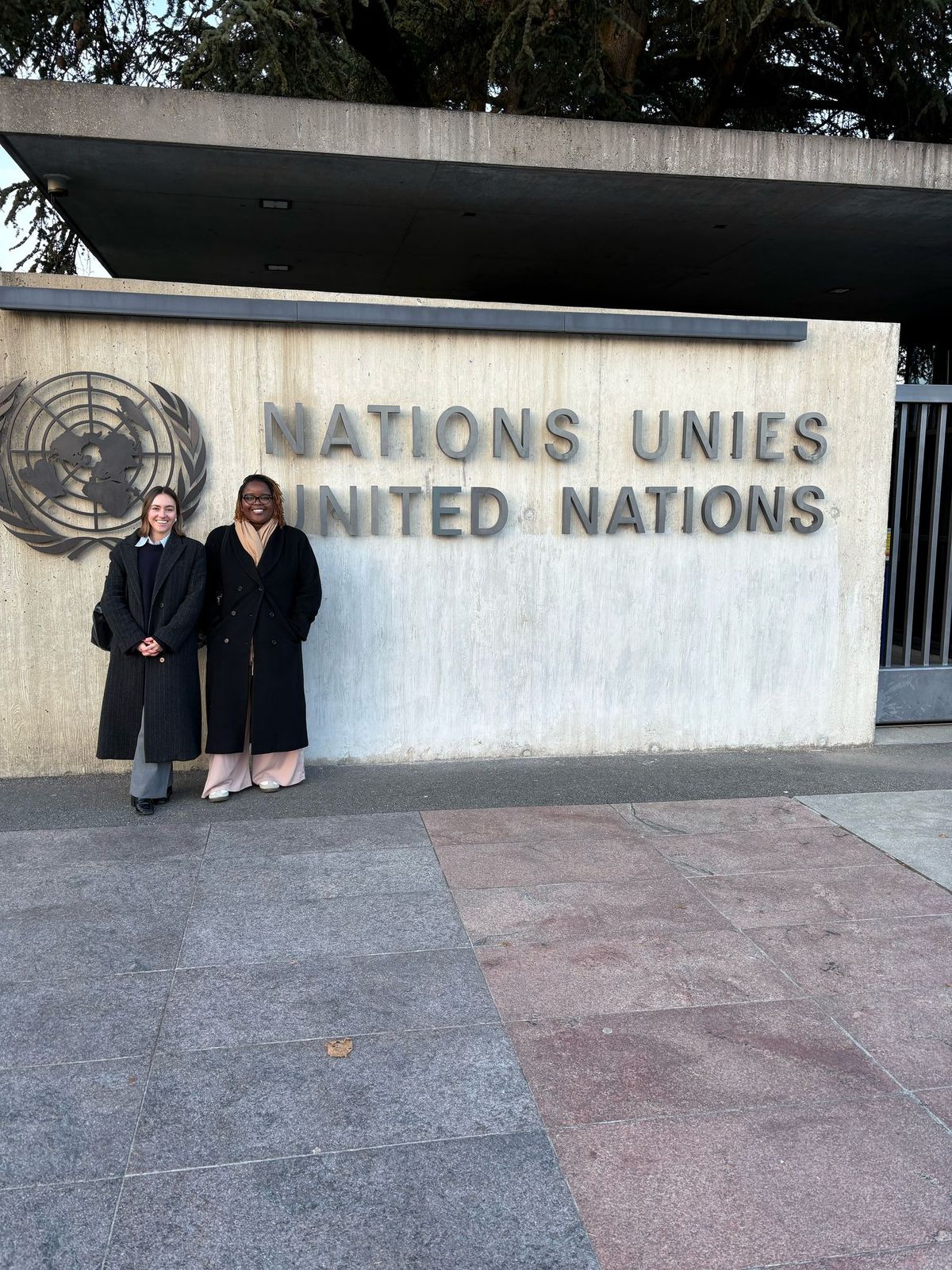Children are the hallmark of many marriages. Across the African continent, they are a source of pride, and, sometimes, a determinant of the wealth and inheritance a widow is entitled to after the death of a spouse. Without a child, a family is often seen as incomplete. In many communities, women who do not have children don’t have a say in how decisions are made—they are literally the last person to speak at communal gatherings.
For all these reasons, the forced or coerced sterilization of women living with HIV—a troubling trend that has been recorded in Kenya, Uganda, Namibia, Botswana, and South Africa—is an injustice that for most victims is harder to accept than their HIV status. That sterilization is held up as a means of reducing the risk and prevalence of HIV infection compounds this injustice, since there is no scientific basis for that claim. Thanks to modern and scientifically-evolving obstetric and infant feeding practices, HIV-positive women can give birth to healthy, HIV-negative babies. Additionally, reducing the risk of HIV transmission is best accomplished through the use of antiretroviral drugs; consistent condom use; and partner counseling, testing, and treatment, among other methods.
Sterilization occurs via a surgical procedure known as tubal ligation. Tubal ligation has been medically defined as a permanent surgical procedure that involves severing and tying the fallopian tubes. When a patient voluntarily requests the procedure, it is an acceptable form of permanent contraception. When conducted without the full, free, and informed consent of the patient, however, sterilization violates a woman’s human rights. Considerable suffering has been associated with involuntary childlessness. Sterilized women generally face extreme stigma; they are also susceptible to greater rates of gender-based violence, and abuse from their partners and communities.
In 2014, the World Health Organization and various United Nations bodies issued a joint statement on eliminating forced, coercive, and otherwise involuntary sterilization. They explicitly condemned the practice, noting that states’ obligations to protect persons from such treatment extend into the private sphere, including where such practices are committed by health-care professionals. This has largely been echoed by the African Commission on Human and Peoples’ Rights.
But the practice persists. In Kenya, a report from the African Gender and Media Initiative documented the experiences of 40 women living with HIV who were forced or coerced into undergoing permanent sterilization. For some, the procedure was done without their knowledge during emergency caesarian sections; others signed consent forms during active labor or after being coerced into believing that sterilization was necessary before they receive food or medical care for their children. The organization where I work represents five of these women who have sued various health care institutions after being forcibly sterilized or coerced into agreeing to the procedure.
Not long ago, I asked a doctor in Nairobi if she performed forced sterilizations.
“We don’t do it anymore,” she said.
“Did you ever do it?” I asked.
“Of course,” she said. “Most of us did it thinking we were saving the lives of these women.”
Unfortunately, the sterilizations continue, especially in rural areas of Kenya. The country’s government—while publicly condemning the practice—has never made any effort to prevent doctors from committing this blatant infringement on women’s autonomy. Meanwhile, in Kenya, the HIV response continues. According to AVERT, Kenya is tied with Mozambique and Uganda for the fourth-largest HIV epidemic in the world. There are approximately 1.5 million people living with HIV there, mostly women and children. These numbers tell us what science made clear long ago: forced sterilization does not decrease the incidence of HIV. In other words, we can’t even say these women’s suffering was for a good cause.
One of the reasons forced sterilization has been so hard to eradicate is that women in many countries have been reluctant to speak up about it. But in Kenya, we have broken the silence. The petitioners, in our case, accompanied by other women who were also sterilized, attend every single court proceeding; in some cases, journeying overnight to do so. Their bravery has inspired others. In Uganda, the International Community of Women Living with HIV Eastern Africa recently completed a comprehensive study on involuntary tubal ligation, and, earlier this year, women in South Africa, led by the Women’s Legal Centre filed a case challenging the practice. We can never give back what was taken. But we can do our best to ensure that other women are not robbed of their future children, too.
Tabitha Griffith Saoyo is the programme manager for sexual reproductive health and rights at the Kenya Legal & Ethical Issues Network on HIV and AIDS.
Image Courtesy of BBC


